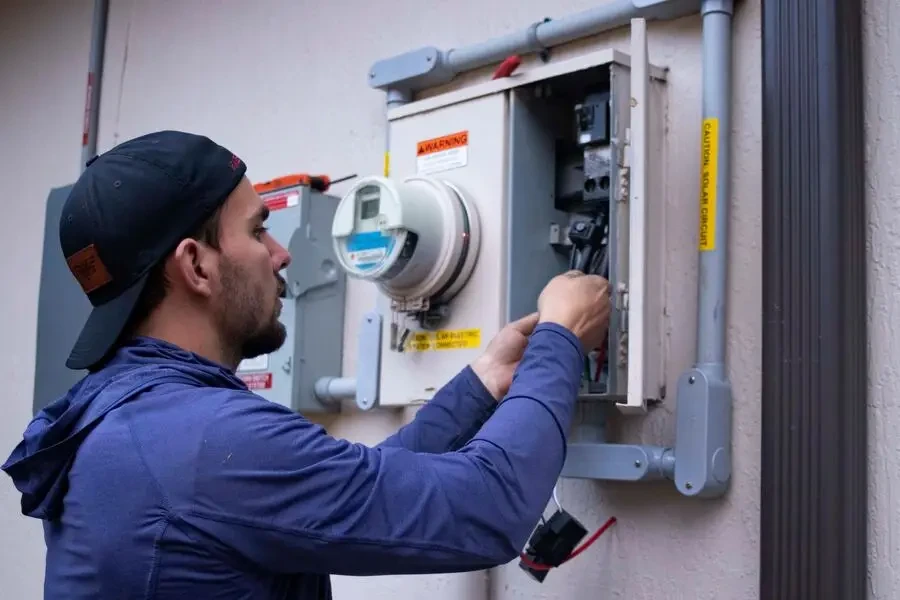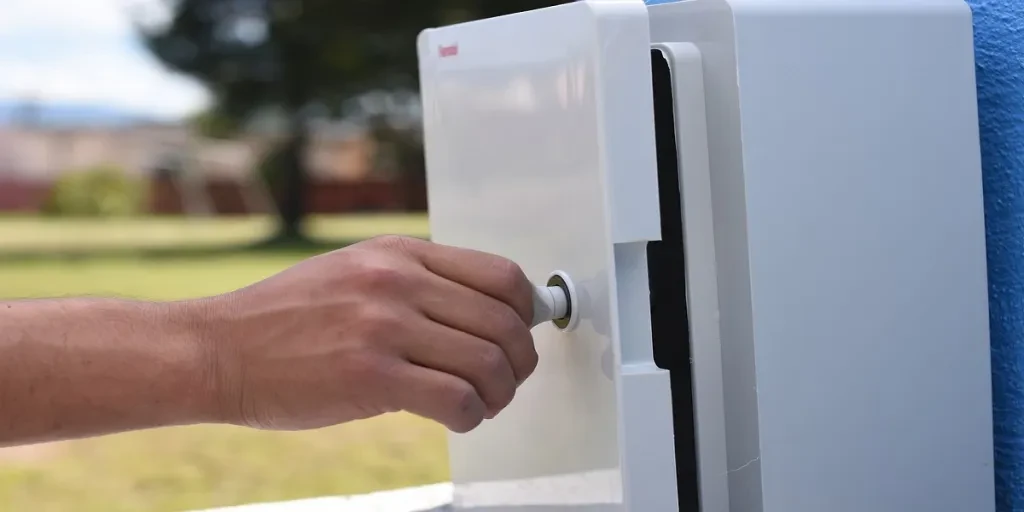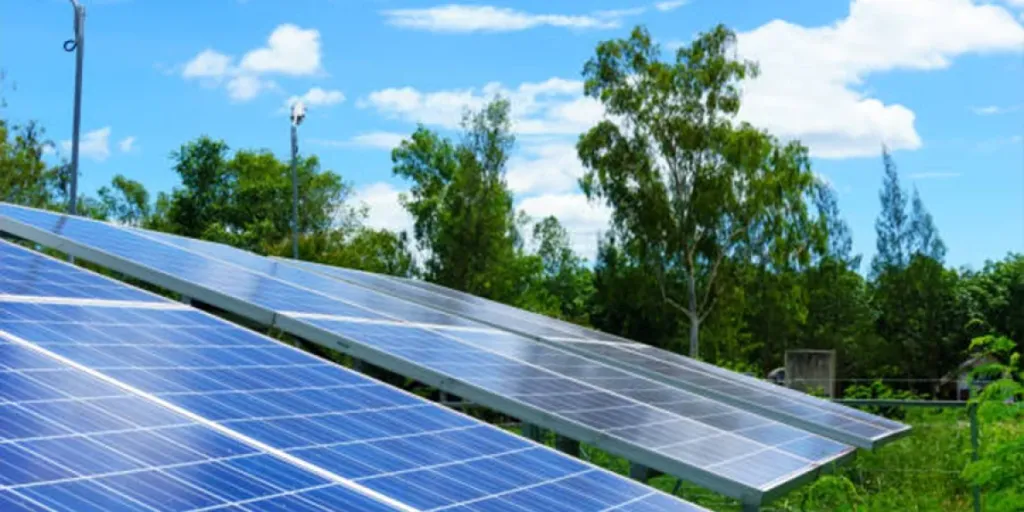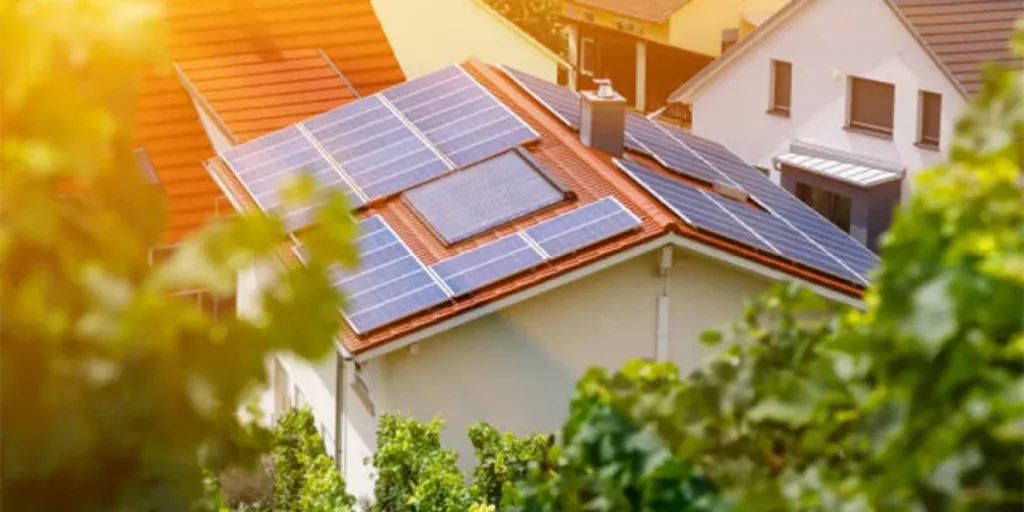Recent years have seen a rapid transition towards renewable energy that has caused a major global revolution. For example, the U.S. recorded 4.7 million installations throughout Q1-Q3 2023, increasing its cumulative solar power capacity to 161 GW. In addition, about 210,000 homes installed solar panels, a 12% growth compared to the 2022 Q3. In the UK, approximately 1.3 million homes have installed solar panels, with the figures projected to grow in coming years. Globally, approximately 25 million households use solar energy, a number that is projected to reach 100 million households by 2030.
This increased use of renewable energy has resulted in higher demand for home energy storage. Energy from sources like solar panels or wind is often intermittent and requires storage solutions to allow homeowners to store and use it at their convenience.
This blog comprehensively describes home energy storage and how it works and provides market insights and tips for selecting the best storage solutions for different end customers.
Table of Contents
What is home energy storage?
How does home energy storage work?
An overview of the home energy storage market
How to select home energy storage
Final thoughts
What is home energy storage?
Home energy storage refers to batteries installed to allow homeowners to store surplus electricity generated through the residential renewable energy system for later use.
Traditional power systems utilize a one-way flow, where power plants generate energy and transmit it to homes for immediate use. In contrast, renewable energy uses two-way flow systems that allow homeowners to generate and store energy for use when required. For example, solar panels produce electricity during the day since they harness it from the sunlight, which must be stored for use at night.
Home energy storage reduces reliance on traditional power grids, thereby providing homeowners with greater energy independence. In addition, the ability to alternate between stored energy and grid power helps reduce energy bills and avoid inconveniences associated with power outages. Home energy storage systems help maximize the use of renewable energy, consequently promoting environmental sustainability.
How does home energy storage work?
A home energy storage generally consists of three key components: the energy source, the storage unit, and an inverter. The energy source, for example, solar panels, produces electricity, which is then stored in the storage component (for example, batteries) for later use. The inverter is used to convert the stored DC electricity to AC output needed to power household devices and appliances. This current is passed through a meter and supplied to installed wall sockets for convenient use.
Most home energy storage systems use lithium-ion batteries, which contain battery cells, racks, an inverter, and a battery management system (BMS). The battery suppliers manufacture the battery cells and assemble them into modules, which are then connected to form the racks that generate DC current. While the inverter converts DC to AC, the BMS controls the battery.
An overview of the home energy storage market
Demand for home energy storage has significantly increased as people embrace renewable energy. In 2023, residential energy storage generated approximately US$ 898 million and is projected to reach US$ 2.08 billion by 2028, growing at a compound annual growth rate (CAGR) of 18.3%. The increased use of self-produced green energy and strategies to minimize reliance on variable electricity prices has set Europe as the largest and fastest-growing regional market for residential energy storage. North America is the second largest market due to the increased installation of solar PVs in Canada and the manufacturing of electric vehicles in the US.
There are various factors driving the global market growth of home energy storage, including:
- Growing environmental awareness and homeowners’ desire to reduce carbon footprints have led to increased installation of renewable energy sources like solar panels
- Significant demand for electric vehicles, which will accelerate the need for energy storage solutions in home settings
- Government initiatives and policies worldwide to push the adoption of renewable energy will ultimately cause a higher demand for home energy storage solutions
- Increased R&D investments in lithium-ion batteries, which will improve the batteries’ performance, capacity, and cost-effectiveness.
How to select home energy storage

Different customers have varying energy needs, which impacts decisions on storage solutions needed. For example, a customer looking for home energy storage for home appliances and devices may need different batteries to another looking to charge an electrical vehicle at home. Therefore, businesses should select home energy storage solutions that accommodate varying customer requirements.
Energy needs
The size of the home, number and types of devices or appliances a customer uses influence their daily average energy consumption. Other aspects to consider are potential future changes in energy needs, peak usage periods, and specific operational demands, such as charging an electric vehicle. Assessing these factors helps determine the size and capacity of the needed home energy storage system. Businesses should offer a broad inventory to meet diverse consumer energy needs.
Battery technology
When assessing battery technology, it is important to assess factors like the type of battery, cycle life, energy density, and safety features. While lithium-ion batteries are the most common, some home energy storage systems use lead acid and flow batteries. Lithium-ion batteries are characterized by high energy density, faster charging times, and longer life. Lead acid batteries, on the other hand, have low energy density and shorter life cycles. However, they are less expensive than lithium-ion batteries. Flow batteries offer durability and scalability and are larger. However, they are relatively expensive.
Compatibility
The home energy storage system should be compatible with the customers’ sources of renewable energy, such as solar panels or wind turbines, and existing infrastructure. Having a system that integrates well with these sources optimizes energy efficiency. In addition, businesses should prioritize versatile home energy systems that are compatible with emerging technologies, smart home ecosystems and grid integration protocols.
Installation and maintenance
The installation and maintenance of residential energy storage solutions vary between systems. Some require professional installation, while others can be easily installed by the homeowner. Businesses should consider the end customers’ technical expertise and offer appropriate solutions based on the skills, time, and effort they are willing to invest. Also, they may consider providing access to streamlined maintenance processes to improve long-term customer satisfaction.
Warranty and reliability
Businesses should select home energy storage systems manufactured by trustworthy manufacturers and with a good warranty and reliable performance. The warranty provides a guarantee that the system will be repaired or replaced if it fails within a specified duration. Extended warranty periods and good performance are crucial factors, especially for clients seeking long-term investments.
Final thoughts
Home energy storage will continue to play an important role in the global adoption of clean energy. Consumers’ growing awareness of environmental issues and their roles in addressing associated challenges will be a major driver for the adoption of battery energy storage systems. These systems enable homeowners to generate and store renewable energy for use when it’s convenient. As advancements in battery technology, increased compatibility with renewable energy sources, and improved efficiency become integral components of these systems, customers will continue to invest in these sustainable and resilient energy solutions. This presents a golden opportunity for businesses to capitalize on the growing market for home energy storage systems.
Check the offers on Alibaba.com to meet the evolving consumer demands and contribute positively to a greener energy future.




